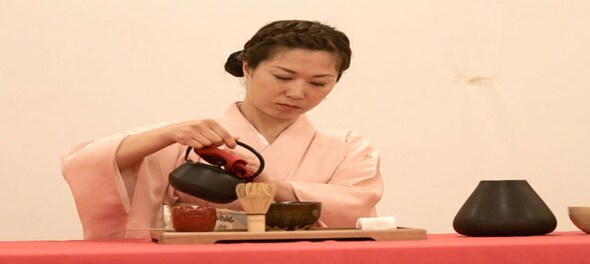
Japan is renowned for its rich culture and traditions, and its food and drinks are no exception. Sake and tea are two of the most iconic and beloved beverages in Japan, steeped in history and tradition. In this guide, we will take a tour of Japan's sake and tea culture, exploring the different types of sake and tea, their production process, and the traditional ways of enjoying them.
Sake
-Types of Sake: There are different types of sake, including junmai, ginjo, and daiginjo. Junmai is made with only rice, water, and koji (a type of mold), while ginjo and daiginjo are made with a higher percentage of polished rice. The higher the percentage of polished rice, the more delicate and refined the sake will be.
-Production: Sake production is a complex process that involves brewing, fermentation, and ageing. The ingredients of sake are rice, water, and koji, which are mixed and fermented for about a month. After fermentation, the sake is pressed, filtered, and aged for a few months to several years.
-Tradition: Sake is an important part of Japanese culture and tradition, often served at special occasions such as weddings, festivals, and business meetings. Sake is usually served in small cups called ochoko or masu, and it's traditional to pour sake for others and be poured for.
Tea
-Types of Tea: There are many types of tea in Japan, the most famous are green tea, matcha, and hojicha. Green tea is made by steaming and drying the leaves, while matcha is made by grinding the leaves into a fine powder. Hojicha is made by roasting green tea leaves, resulting in a nutty and less bitter flavour.
-Production: The production of Japanese tea is a labour-intensive process that involves picking, steaming, rolling, and drying the leaves. The tea leaves are then sorted and graded based on quality.
-Tradition: Tea culture in Japan is steeped in tradition, with the tea ceremony being one of the most important and revered traditions. The ceremony is a ritualised way of making and serving tea, with a focus on simplicity, elegance, and respect.
Sake and tea are two of the most iconic and beloved beverages in Japan, steeped in history and tradition. Whether you prefer the delicate and refined taste of sake or the comforting and soothing flavour of tea, Japan's beverage culture has something to offer everyone. And by understanding the production process and traditional way of enjoying these beverages, you can fully appreciate the cultural significance and nuances of these beloved drinks.
(Edited by : Sudarsanan Mani)
Check out our in-depth Market Coverage, Business News & get real-time Stock Market Updates on CNBC-TV18. Also, Watch our channels CNBC-TV18, CNBC Awaaz and CNBC Bajar Live on-the-go!


'Borrowed' leaders: Congress hits out at AAP for not fielding their own candidates in Punjab
Apr 28, 2024 9:53 PM
EC asks AAP to modify election campaign song and Kejriwal's party is miffed
Apr 28, 2024 9:25 PM

